Hypopressive exercises are great for toning the abdominal muscles and are especially suitable for people who suffer from back pain. Since these exercises do not require spinal movement, they can even be performed by people with herniated discs.
The hypopressive exercise produces the direct activation of the transverse abdominal muscle, which allows strengthening the abdominal girdle and stabilizing the spine
How to do hypopressive exercises at home:
- Breathe in normally and releasing the air completely, until the abdomen begins to contract on its own;
- ‘Shrink’ your abdomen by sucking the abdominal muscles inwards towards the spine;
- Keep this contraction for 10 to 20 seconds initially and, over time, gradually increase the contraction time. Hold this for as long as possible without breathing;
- Fill your lungs with air and relax completely, returning to your normal breathing.
Exercise 1: Lying Down
Exercise 2: Sitting
Exercise 3: Leaning Forward
Exercise 4: Kneeling on the floor
Whenever you do a series of hypopressives you should vary the positions because it is normal for a person to be able to maintain the contraction for longer in one position than in another. The best way to know which position you can hold the contraction for longer is to test each of them.
Cautions while doing hypopressive exercises. The most important precautions to take when performing hypopressive breathing are:
- Do not do these exercises after eating;
- Always contract the pelvic muscles when shrinking the belly to it’s maximum point;
- Do these exercises 3 to 5 times a week;
- Start the exercise program lightly, with few contractions and increase the number of contractions gradually, respecting the limits of your body.
Those who practice these exercises regularly may notice benefits in 4 weeks.
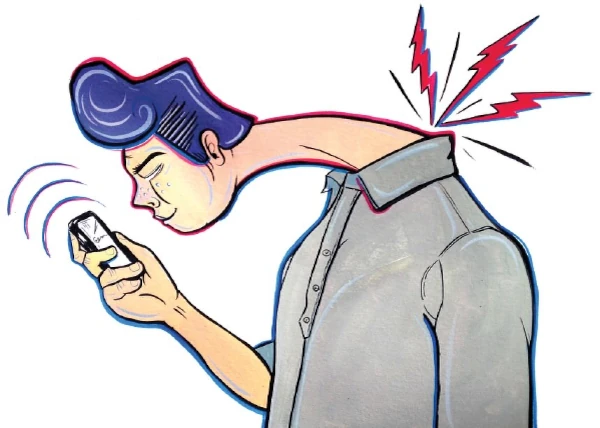
Text Neck Syndrome
Refers to a repetitive stress injury to the neck caused by having your head in a forward position for extended period. The forward pending posture affects the curvature of the cervical spine, the neck and shoulder muscles, and supporting ligaments. “Text Neck” Is...
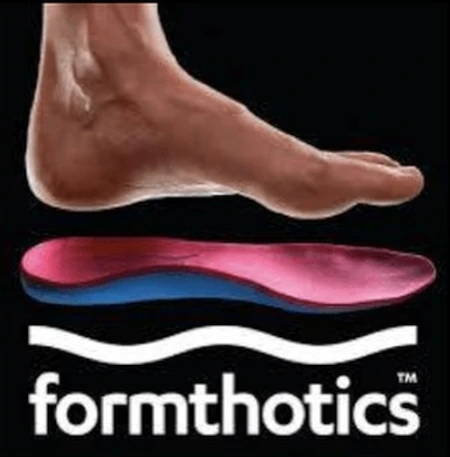
7 Years in partnership with Formthotics
7 Years in partnership with Formthotics to deliver this fantastic product. Formthotics insole orthotic solutions have been in use for the last 30 years and have provided physiotherapists with an immediate solution to foot, ankle and lower limb biomechanical...

Spring and Jogging
With spring here and more people jogging outside, what are some good stretches to do? After a vigorous run, muscles will also be full of lactic acid. Stretching helps the blood flow to the muscles to remove the lactic acid, which improves recovery. Finally, stretching...

One Thing You Must Know if You Work at a Desk (Save Your Back!)
Desk work and back pain go hand in hand, but it doesn’t have to be that way. If you want to improve your sitting posture, fix your back pain, and learn how to have a healthier spine when working at your desk develop good sitting habits, and you’ll save yourself a lot...
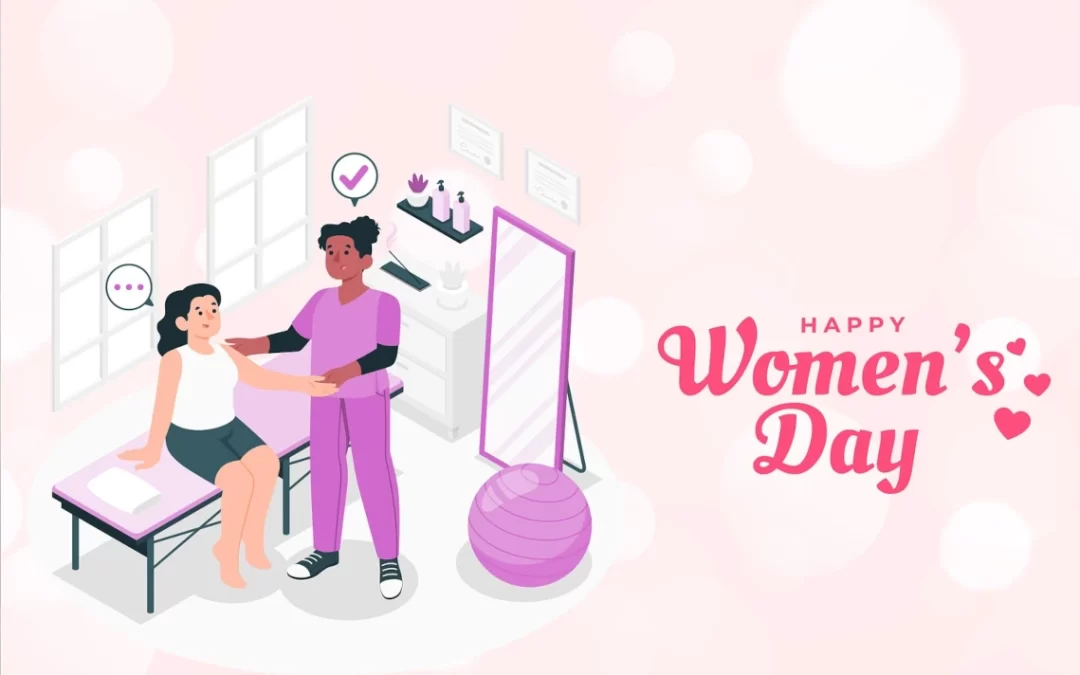
Women’s Day
Suppose you’re hospitalized, you’ll want to have qualified medical professionals around you, but does it matter if your doctor is a female or a male?It might.Both male and female medical representatives have their own implications in terms of approach. But female...
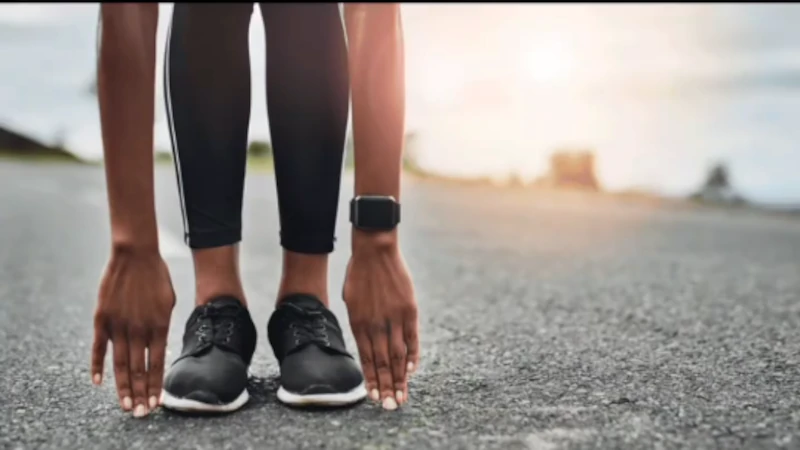
3 Signs That You Have Tight Hamstrings
Sometimes it’s obvious when tight hamstrings are resulting in stiffness and difficulty working out or accomplishing your everyday tasks, whether that’s walking or bending over. But sometimes it’s a lot less clear.If you’re not sure about the state of your hamstrings,...

Meet our Team
We are so happy to work together, to make sure we can achieve the best outcome for your problem. We all do what we do very well, but each one of us is better at one thing than another, and for that reason we might ask you to come and see one of our...
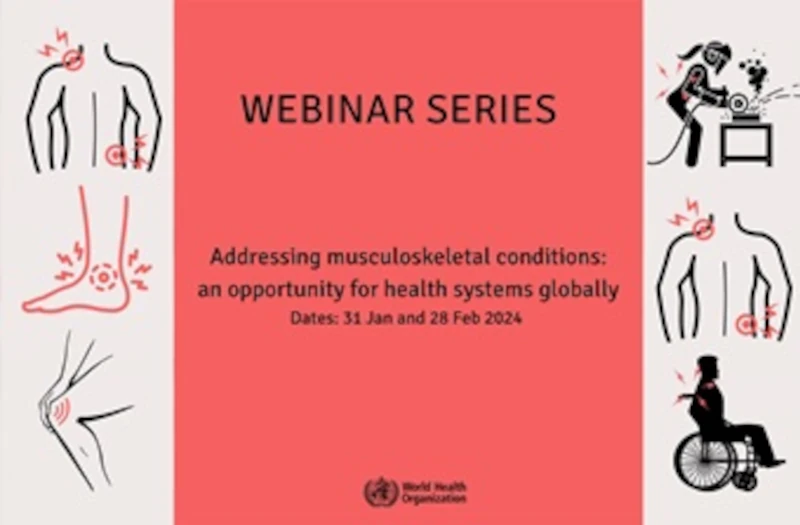
Webinar WHO
Webinar Make a date for World Health Organization (WHO) webinar: addressing musculoskeletal conditions. 12:00-13:00 CET, 28 Feb.Musculoskeletal conditions impact individuals globally, contributing significantly to years lived with disability. The burden extends to...
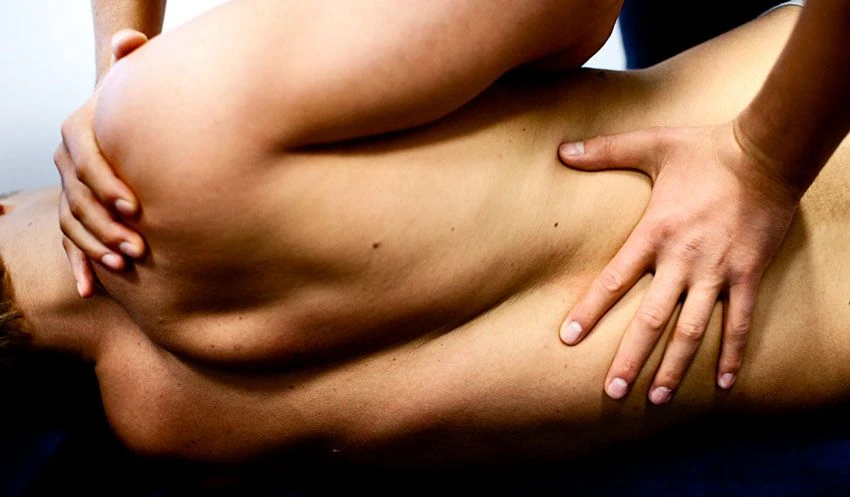
Spinal manipulation
What You Need To Know Spinal manipulation is a technique where practitioners use their hands to apply a controlled thrust to a joint of your spine. The amount of force can vary, but the thrust moves the joint more than it would on its own.Most spinal manipulations are...

Working from home – Easy exercises
Working from home? Try building the following exercises into your working day to help avoid aches and pains associated with being sedentary.Make sure you move regularly throughout the day to help reduce stress.Break up prolonged periods of sitting with short bursts of...



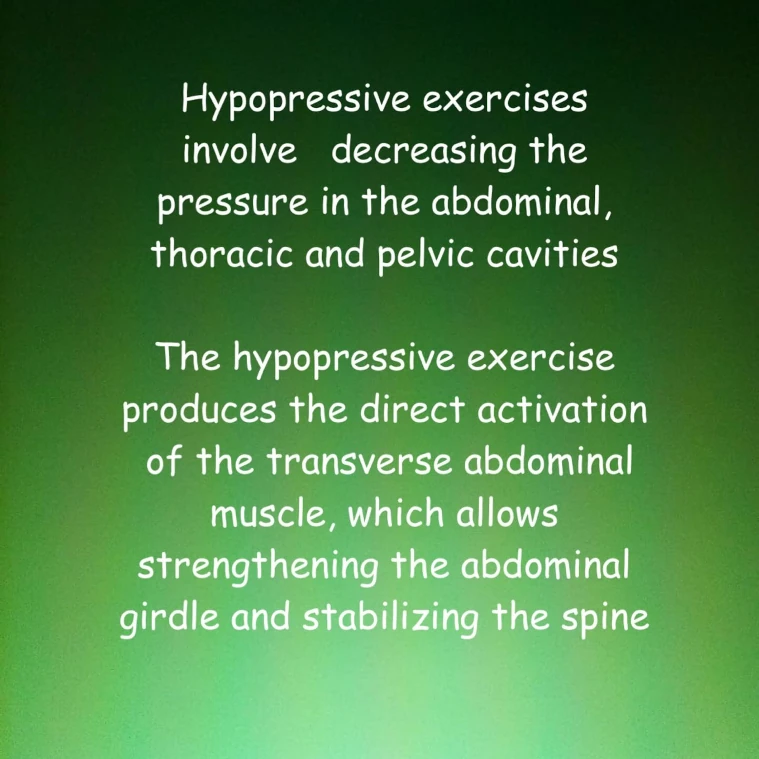

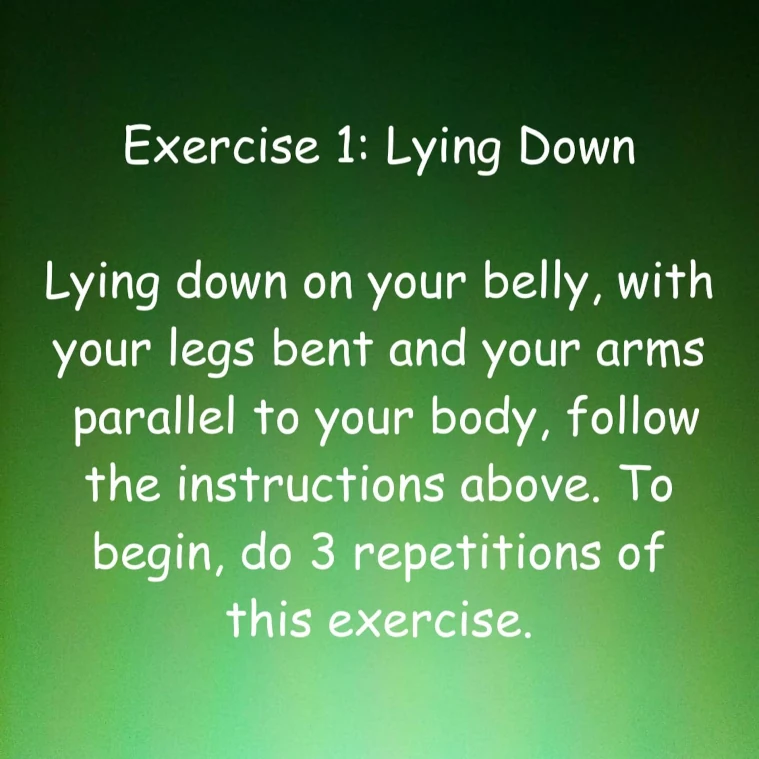
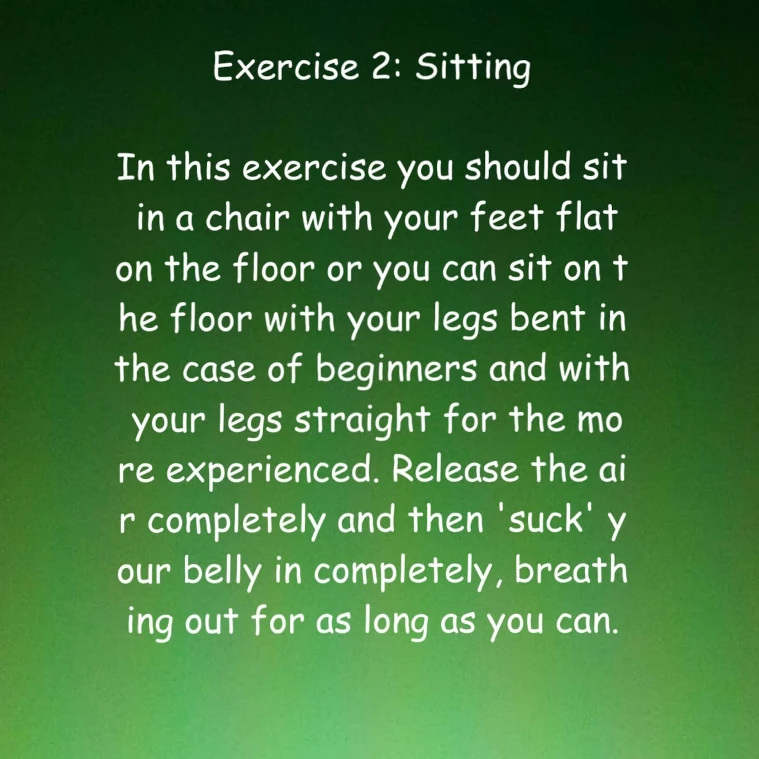
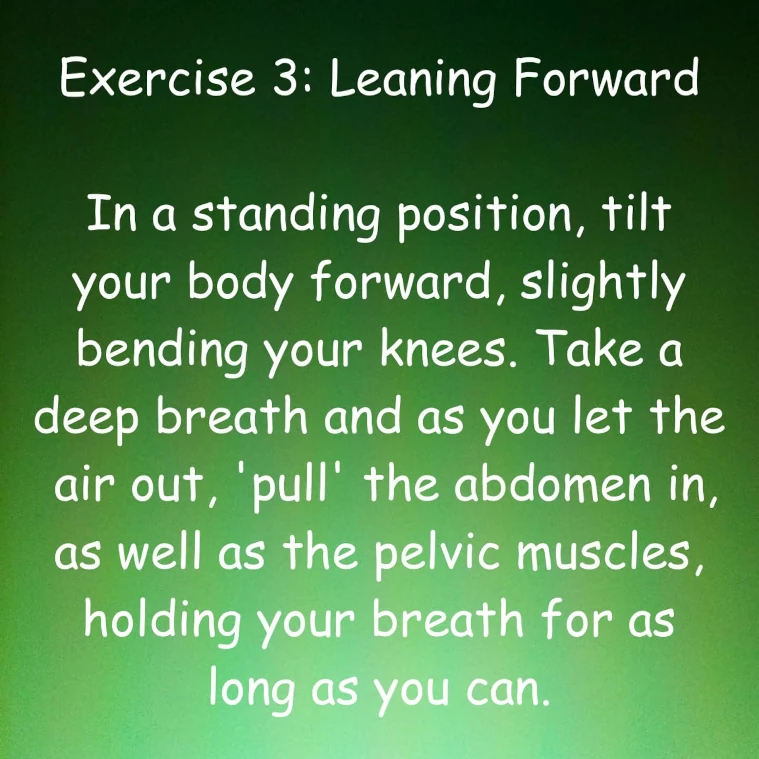
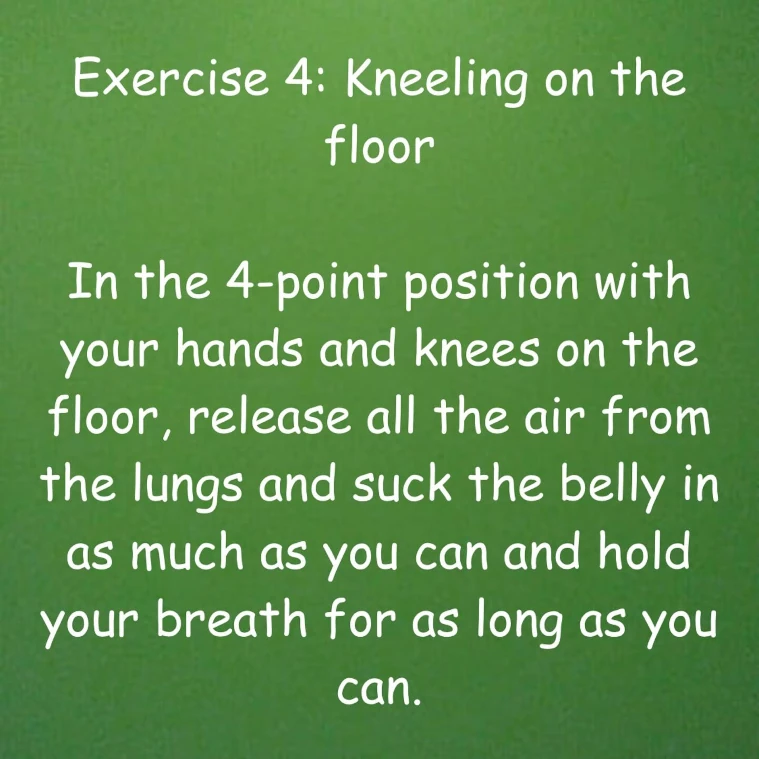
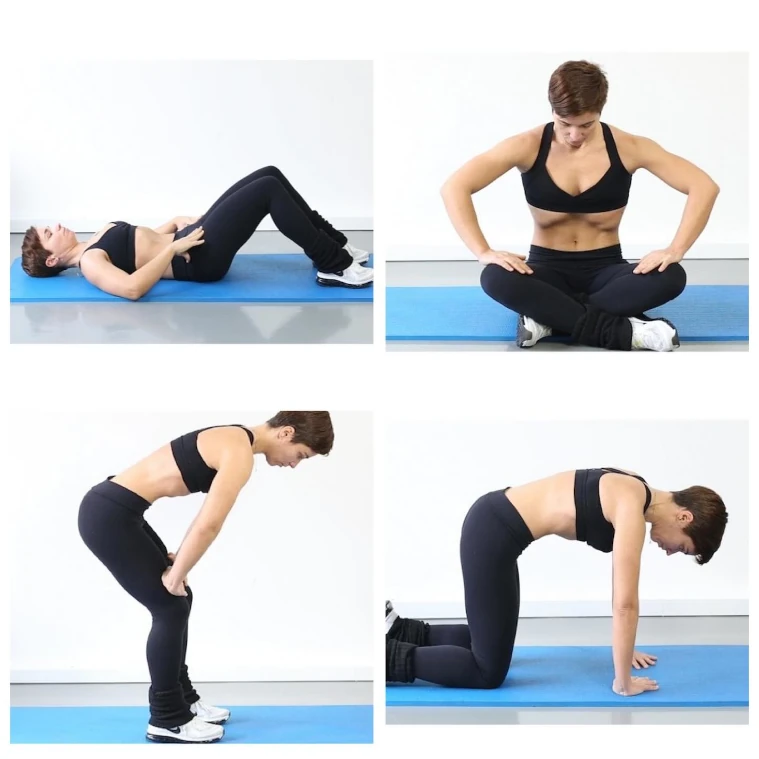
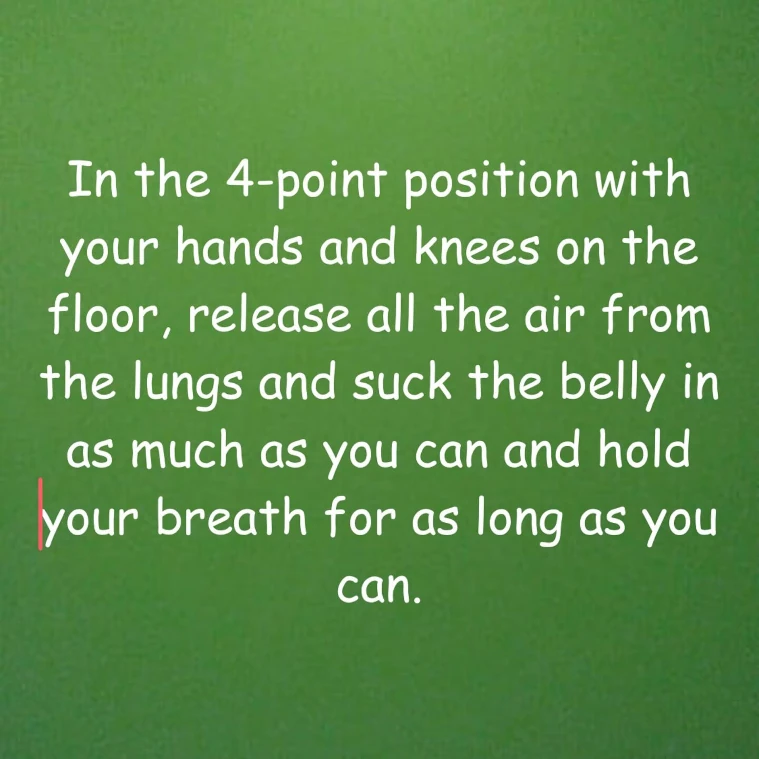

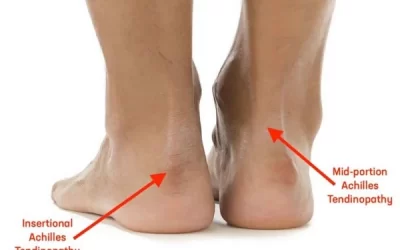
0 Comments